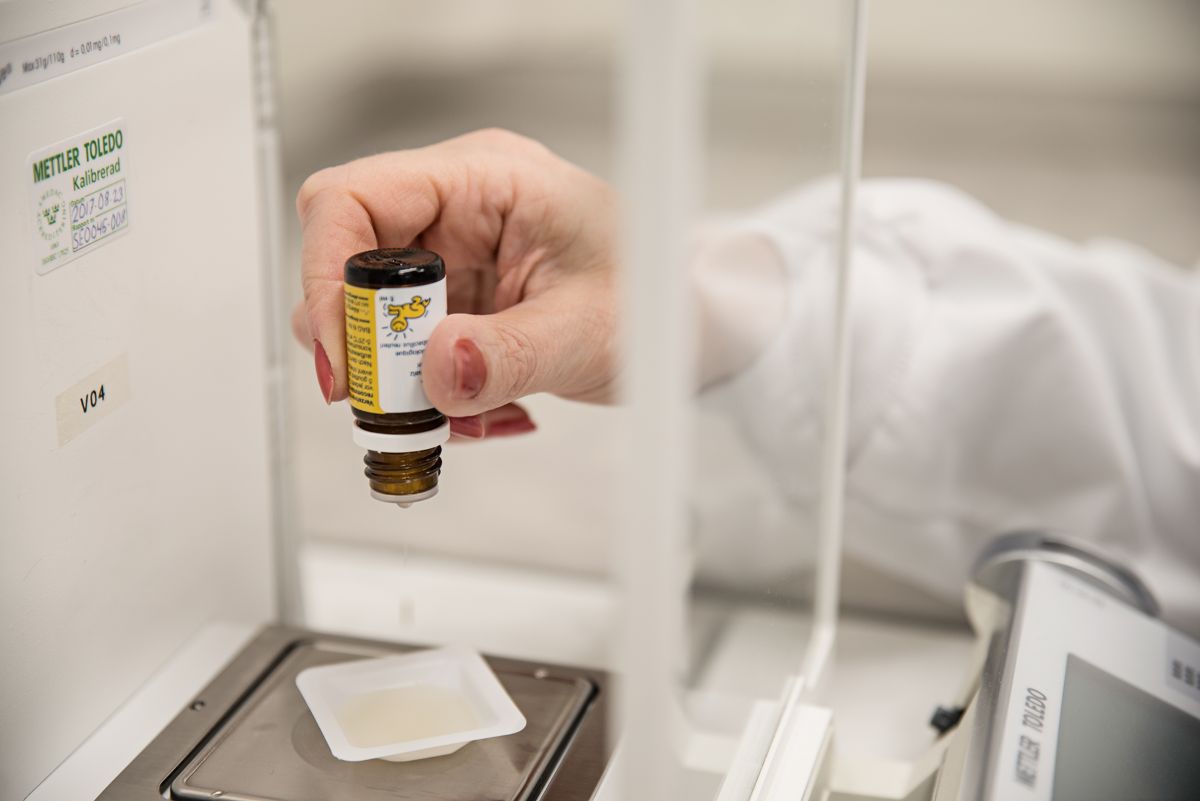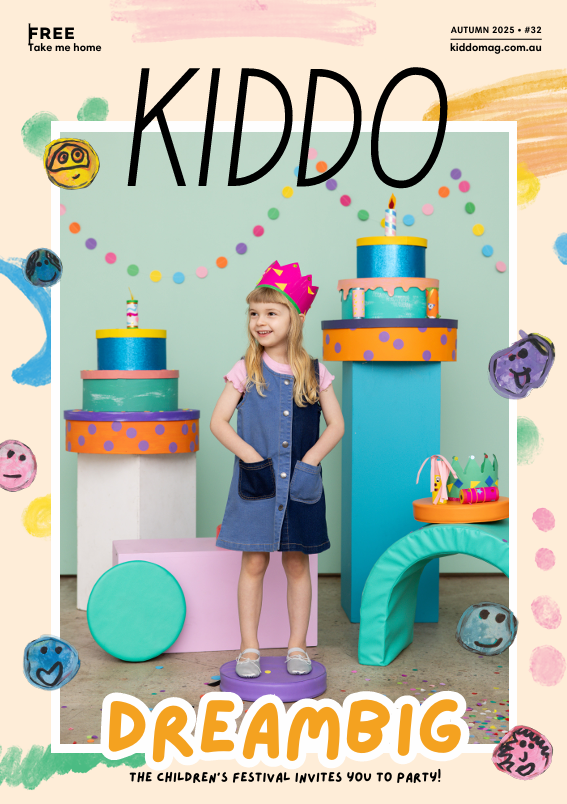By Lotta Johansson, Scientific Affairs at BioGaia
From understanding the role of the gut microbiota to exploring the benefits of probiotics, we’ll equip you with the knowledge and tools to navigate this challenging phase of parenthood.
What is Colic?
Baby colic is characterised by excessive crying in otherwise healthy babies, usually occurring in a baby’s first few months of life. Despite it being a common condition, it is nonetheless distressing and worrying for parents.
As many as 20% of infants are diagnosed with the condition, which is defined by long periods of crying and hard-to-soothe behaviour without any apparent cause.
Crying episodes typically last for three or more hours a day, three or more days a week, and persist for at least three weeks. It often occurs in the late afternoon or evening, causing distress and frustration for both the parents.
Symptoms usually peak when an infant is about six weeks old and decline significantly after three or four months.
What are the causes of colic?
The exact cause of colic remains unknown, but several contributing factors have been explored. Researchers have considered food hypersensitivity or allergy, gut immaturity, dysmotility, and even maternal-infant interaction as potential causes. Additionally, a growing body of evidence suggests that the gut microbiome plays a role in colic development.

Colic and the gut microbiota
Is your baby unsettled after feeding? A newborn who cries all the time? Studies have consistently shown that babies with colic have an altered gut microbiota. In fact, infant colic is one of the most thoroughly studied conditions in the field of paediatric microbiome research.
Low levels of Lactobacillus and Bifidobacterium and high levels of E. coli have been observed in colicky infants compared to non-colicky infants.
Such an imbalance of the microbiota could be a possible cause for abnormal gut motility and increased gas production, implicating dysbiosis as a key driver in infantile colic.
Probiotics for colicky babies
Science reveals that probiotics containing specific strains of beneficial bacteria can help regulate the gut microbiota and promote a healthier digestive environment.
Additionally, probiotics play an important role in supporting a healthy immune system. The introduction of beneficial bacteria into the baby’s gut can help strengthen the immune system, potentially reducing the likelihood of infections or inflammation that could exacerbate colic symptoms.

Ways to soothe colicky babies
While every baby is different, and what soothing techniques work for one may not work for another, below is a list of soothing strategies worth trying if your baby has colic:
- Cuddling, rocking, or gently bouncing your baby
- Massaging your baby’s belly in a gentle, clockwise motion to release gas
- Taking your baby out for a ride in a stroller or car
- Using a white noise machine
- If using formula, use an angled baby bottle to reduce air swallowing and gas
- Swaddling your baby in a blanket safely in conjunction with SIDS recommendations
- Giving your baby a warm bath
- If breastfeeding, removing dairy, soy and other allergens from your diet
- Try a clinically proven baby probiotic for colic relief
Always read the label and follow the directions for use. Consult your healthcare professional if symptoms persist.
Follow KIDDO on Instagram and Facebook, and subscribe to our weekly newsletter






